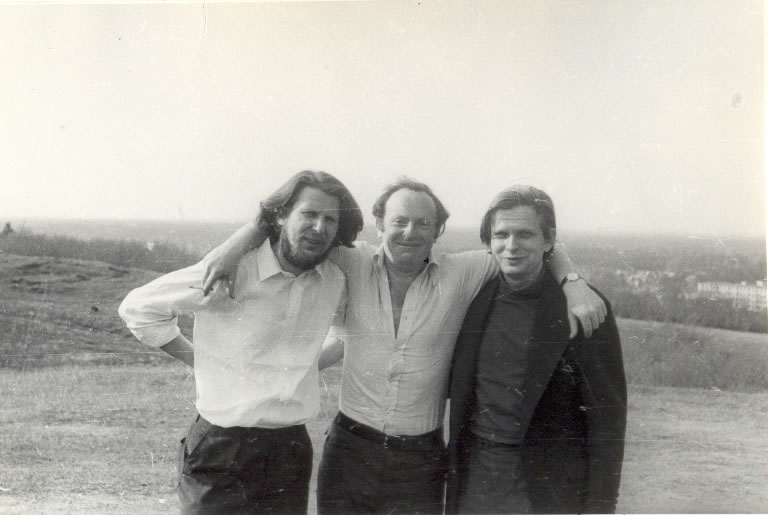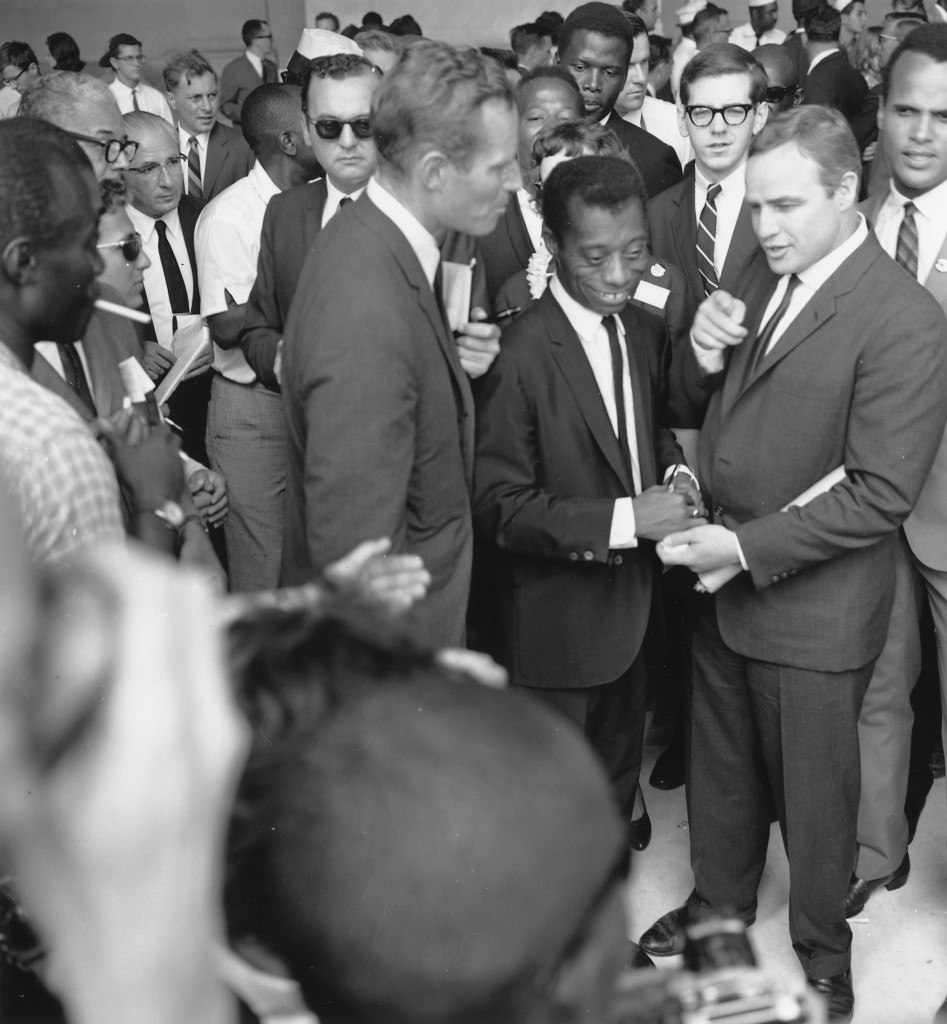
The 1963 Civil Rights March on Washington, with Charlton Heston, Marlon Brando, Sidney Poitier, and Harry Belafonte.
In the last year, the killings of black youth have sparked protests and violent clashes with police across the nation, putting racial justice in the headlines. Next month, the Another Look book club will reflect on these issues with a public discussion of James Baldwin’s 1963 The Fire Next Time, the author’s scathing, yet compassionate, reflections on the consequences of America’s racial inequities.
The event will take place at 7:30 p.m. on Thursday, March 5, at the Bechtel Conference Center at Encina Hall on Serra Street. Another Look discussions are free and open to the public, with no reserved seating.
The discussion will be moderated by Michele Elam, professor of English, with Harry Elam, vice provost for undergraduate education, and acclaimed author Tobias Wolff, professor of English and the founding director of Another Look. Michele Elam is a widely published authority on race and culture; Harry Elam is a leading scholar of African American theater and performance.
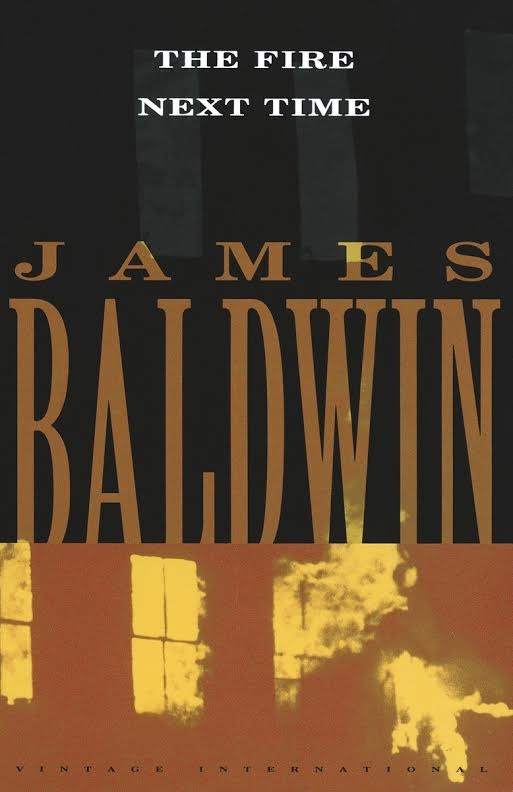 Michele Elam, who will moderate the event on the novelist, playwright, essayist and activist, said that she selected the The Fire Next Time“because its urgent insistence that black lives matter is as poignantly relevant today as it was in the civil rights era.” Elam, whose Cambridge Companion to James Baldwin will be out this month, added that “The Fire Next Time offers some of his most cogent and searing insights into race, power, and love in America.”
Michele Elam, who will moderate the event on the novelist, playwright, essayist and activist, said that she selected the The Fire Next Time“because its urgent insistence that black lives matter is as poignantly relevant today as it was in the civil rights era.” Elam, whose Cambridge Companion to James Baldwin will be out this month, added that “The Fire Next Time offers some of his most cogent and searing insights into race, power, and love in America.”
Read the full Stanford Report article here or click the link below.
The book has two parts: Baldwin’s essay, “Down at the Cross: Letter from a Region in My Mind,” which originally ran in the New Yorker, and also “My Dungeon Shook: Letter to My Nephew on the One Hundredth Anniversary of the Emancipation,” a shorter piece that Elam called “a meditation on the fragility of black boyhood.”
Baldwin wrote to his nephew of the hundreds of thousands of lives destroyed, and his countrymen “do not know it and do not want to know it. He added, “But it is not permissible that the authors of devastation should also be innocent. It is the innocence which constitutes the crime.”
He claimed in the longer essay that white men project their fears and their longings onto African Americans. “The only way he can be released from the Negro’s tyrannical power over him is to consent, in effect, to become black himself, to become part of that suffering and dancing country that he now watches wistfully from the heights of his lonely power and, armed with spiritual traveller’s checks, visits surreptitiously after dark.”
Baldwin was born in Harlem in 1924, the first of nine children. He never knew his biological father, but his stepfather was a harsh preacher. At school he studied with Countee Cullen, a leading figure in the Harlem Renaissance, and worked on the high school magazine with Richard Avedon, who would become a world famous photographer. The book dwells briefly on his precocious and brief teenage career as an evangelical preacher. He moved to Greenwich Village at 17 to be a writer. A British television journalist recalled that when he started his career he was black, impoverished and homosexual – how disadvantaged can you get? “No, I thought I hit the jackpot,” he said, grinning. Then after the laughter subsided, added, “It’s so outrageous you could not go any further, so you had to find a way to use it.”
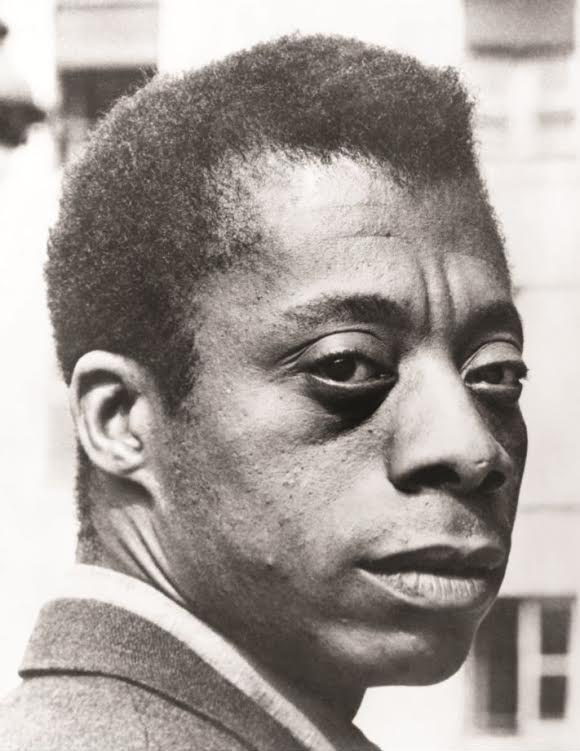
He hit the jackpot. (Photo: The Granger Collection)
Use it he did. He wrote than a score of fiction and non-fiction works, including novels, essays, and plays. The Fire Next Time sold more than a million copies, and put Baldwin’s face on the cover of Time magazine. The award-winning author was a popular speaker – lively, epigrammatic, scathingly witty, passionate and deeply humane. He eventually settled in the south of France, where he was named a Commander of the Legion of Honor the year before his death of cancer in 1987.
“The Fire Next Time is one of the great books of the last century,” said Wolff, who teaches the book every fall. “With forensic calm born of rage, Baldwin performs an autopsy on the self-flattering myths by which we blind ourselves to the radical injustices of our society, even as we congratulate ourselves on its moral superiority. Grounded in historical and personal experience, relentlessly logical, his words burn as hot today as when they left his pen.”
Certainly the book changed minds and lives. When he was still a graduate student, Bob Fitch, who currently has a photography exhibit spotlighting the Civil Rights era at the Stanford University Libraries spent all night reading the book and the next day bought a camera and began photographing the Civil Rights movement. A few years later, at an informal staff meeting held in Martin Luther King’s bedroom, he saw The Fire Next Time among the leader’s rumpled bedsheets. King told the young photographer that the book had inspired his own 1967 book, which would be his last, Where Do We Go From Here – Chaos or Community? The Green Library exhibition continues through March 18.
Stanford Bookstore, Kepler’s in Menlo Park, and Bell’s Books in Palo Alto have copies ofThe Fire Next Time.
***
The “Another Look” book club focuses on short masterpieces that have been forgotten, neglected or overlooked – or may simply not have gotten the attention they merit. The selected works are short to encourage the involvement of the Bay Area readers whose time may be limited. Registration at the website anotherlook.stanford.edu is encouraged for regular updates and details on the selected books and events. Another Look also invites readers far away to join us in reading the book, and to send us comments. Podcasts of previous events are on the website.
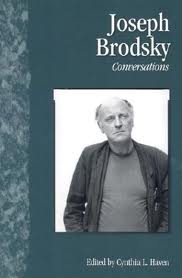 The Brazilian edition of my Joseph Brodsky: Conversations has just been published by the tony new house Editora Âyiné, and I couldn’t be more pleased.
The Brazilian edition of my Joseph Brodsky: Conversations has just been published by the tony new house Editora Âyiné, and I couldn’t be more pleased.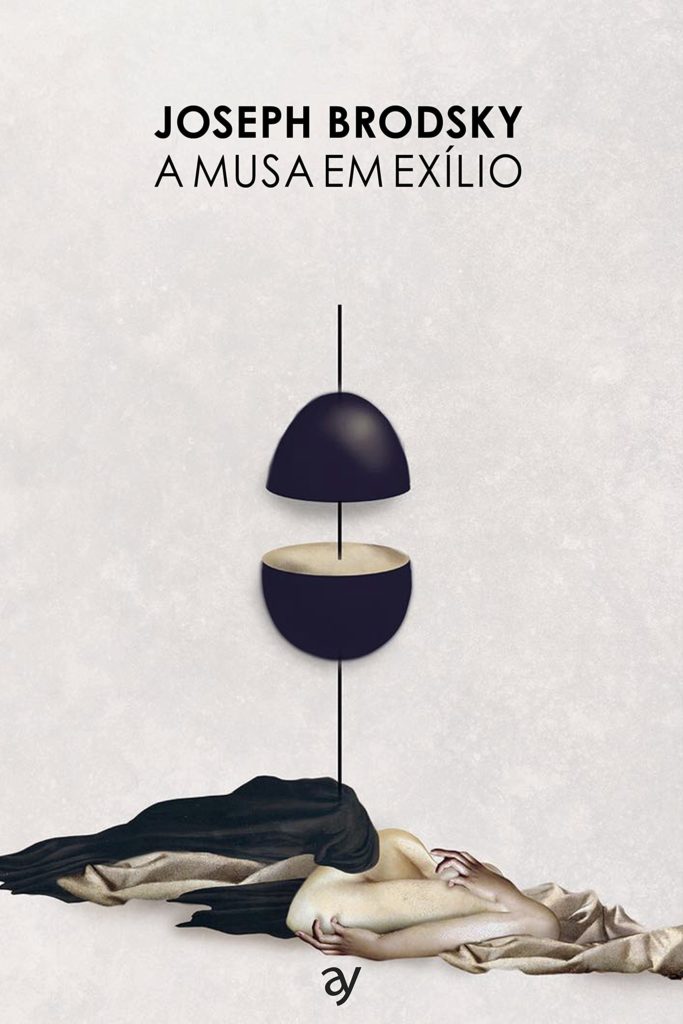 Como nasce a poesia? De qual misterioso labor é êxito? Qual é sua tarefa? Quem se colocou, ao menos uma vez, uma dessas perguntas poderá enfim encontrar nestas entrevistas – que cobrem a vida de Brodsky no exílio, desde o início da década de 1970 até poucas semanas antes de sua morte súbita em New York em 1996 – respostas de uma clareza audaz. Descobrirá que a poesia é «um acelerador incrível do processo cognitivo», «nosso objetivo antropológico, nosso objetivo genético», e que não há melhor instrumento para «mostrar às pessoas a verdadeira versão da escala das coisas». Descobrirá também que o que sempre considerou artifícios técnicos inescrutáveis – esquemas métricos, por exemplo – são, na verdade, «padrões mágicos», «ímãs espirituais», capazes de afetar profundamente a poesia, fazendo com que um conteúdo moderno expresso segundo uma forma fixa (um soneto, por assim dizer) possa assustar tanto quanto «um carro indo pela pista errada numa rodovia». Brodsky sabia iluminar o trabalho dos poetas que amava – Auden, Frost, Kavafis, Mandelstam, Akhmátova, Tsvetáeva, Miłosz, Herbert, para limitarmo-nos a seus contemporâneos – com uma lucidez sempre acompanhada de uma vibrante participação: «Eu dificilmente extraio tanta alegria da leitura como quando estou lendo Auden. É uma verdadeira alegria, e, com alegria, não quero dizer simplesmente prazer, pois a alegria é algo muito sombrio em si mesmo». Essas conversações servirão também como um guia à melhor poesia: esse «esforço estético» capaz de frear «nossa bestialidade».
Como nasce a poesia? De qual misterioso labor é êxito? Qual é sua tarefa? Quem se colocou, ao menos uma vez, uma dessas perguntas poderá enfim encontrar nestas entrevistas – que cobrem a vida de Brodsky no exílio, desde o início da década de 1970 até poucas semanas antes de sua morte súbita em New York em 1996 – respostas de uma clareza audaz. Descobrirá que a poesia é «um acelerador incrível do processo cognitivo», «nosso objetivo antropológico, nosso objetivo genético», e que não há melhor instrumento para «mostrar às pessoas a verdadeira versão da escala das coisas». Descobrirá também que o que sempre considerou artifícios técnicos inescrutáveis – esquemas métricos, por exemplo – são, na verdade, «padrões mágicos», «ímãs espirituais», capazes de afetar profundamente a poesia, fazendo com que um conteúdo moderno expresso segundo uma forma fixa (um soneto, por assim dizer) possa assustar tanto quanto «um carro indo pela pista errada numa rodovia». Brodsky sabia iluminar o trabalho dos poetas que amava – Auden, Frost, Kavafis, Mandelstam, Akhmátova, Tsvetáeva, Miłosz, Herbert, para limitarmo-nos a seus contemporâneos – com uma lucidez sempre acompanhada de uma vibrante participação: «Eu dificilmente extraio tanta alegria da leitura como quando estou lendo Auden. É uma verdadeira alegria, e, com alegria, não quero dizer simplesmente prazer, pois a alegria é algo muito sombrio em si mesmo». Essas conversações servirão também como um guia à melhor poesia: esse «esforço estético» capaz de frear «nossa bestialidade».



